Road Trip: Las Vegas, NV to Salt Lake City, UT
Hey friends, MAK here!
For a long time we’ve wanted to create suggested road trips for you guys based on places we’ve found and explored in our travels. All too often we find ourselves saying, “Wow, I feel like everyone needs to see this at least once!” So we put together a fun little road trip for you all using The Dyrt Pro’s new Trip Planning feature.
View overlooking Bryce Canyon, Utah
This blog post was written in partnership with our friends over at The Dyrt. The Dyrt is the #1 ranked app for camping in both iOS and Google Play. The road trip, our advice, and impressions are entirely our own.
When planning a road trip into an unfamiliar area it can be hard to know where to go and where to camp along the way. Up until now that is! The Dyrt Pro has taken a lot of the guess work out of the process with their new Trip Planner. I decided to give it a try for myself while building a road trip to share with you all through an area that we know and love well!
Here’s how The Dyrt Pro Trip Planner works:
Step one:
Choose your start and finishing point of the trip. You can also add desired stops along the way. This is to be sure that they’re included into your itinerary!
Step Two:
Add your vehicle information. This will ensure that the app is selecting gas stations that meet your needs, have roofs high enough for the larger vehicles out there, and so they can calculate the rough cost of gas (or diesel) for your trip!
Step Three:
Specify if there are any routes that you would like to avoid and the price you are willing to pay for camping. If you plan to camp in any national or state parks we recommend you select at least $25 for this so you can get in park camping options. If you prefer the free route you may need to calculate some extra driving to get to areas where free camping will be outside the parks.
Step four:
Last but not least, you’ll need to choose if you want suggested camping along the route, the number of hours you are willing to drive between your camping destinations, and name your trip so you can easily refer back to it in the future. After this step is complete The Dyrt will create your perfect road trip!
Drum roll please… Here is what our final trip looks like! The app gives you all the stats for your trip such as total drive time, total miles, and cost of gas for the whole trip. Then below they give you a map and a break down of distance and drive time between each of your stops along the way. Our trip is 20 hours of driving, 830 miles and will cost roughly $120 in gas according to our own vehicle’s stats.
The Trip:
Without further ado lets get into the road trip we’ve put together for you all and some of our suggested points of interest!
Start: Las Vegas, Nevada
We picked Vegas as our starting point because it’s a nice central location that is also close to some sites in the Southwest that we love! Though everyone knows what there is to be done in Vegas on the Strip, the area gets far less credit for it’s easy access to incredible natural beauty. Before you leave town here are a few of our favorite food stops in Vegas:
Lotus of Siam:
This is an amazing place to try Northern Thai food, which is surprisingly rare to find here in the US. It received high praises from our beloved Anthony Bourdain when he visited on his show Parts Unknown.
Tacos El Gordo:
This spot was introduced to us by our friends and fellow food lovers, GonDirtin. This place is affordable and can get really busy in the evening, but it’s well worth the stop!
Stop 1: Lake Mead & The Hoover Dam, Nevada
The Hoover Dam
Now that you’re headed out on your epic road trip, the first stop we have planned for you is just a short drive out of town. The Hoover Dam and Lake Mead.
Lake Mead has endless recreation opportunities such as swimming, boating, hiking, cycling, camping, and fishing. It’s also America’s first and largest national recreation area. Lake Mead was created by the Hoover Dam and has water so blue it could easily be mistaken for tropical waters! If you have the time we recommend spending at least one night* on Lake Mead because the sunsets are something to write home about.
* = See The Dyrt app for specific camping information and recommendations depending on the area of the lake you visit.
Not the kind of scenery you expect from a lake in the desert
View from our front door at Lake Mead
Owen jumping off a rock at our camp spot on Lake Mead
View of the back of the dam
It’s hard to get a sense of scale until you are standing on the Hoover Dam
We think that the Hoover Dam is something that everyone should see once, regardless of your stance on dams. It’s important to see the scale and get an understanding for the feat of engineering that it took to bring the Hoover Dam to life. It’s also interesting to see how dams work on a more intimate level, see how many cities were made possible thanks to the power from the dam, and see how Lake Mead was created.
Currently, the Hoover Dam is closed to visitors due to COVID-19 so be sure to check to see the visitor status before your visit.
Stop 2: Valley of Fire State Park, Nevada
The Valley of Fire state park is just an hour from the Hoover Dam making it our next stop on the trip! It took us FAR too long to make it to the Valley of Fire for the first time and we weren’t disappointed.
The Valley of Fire is known for it bright red Aztec sandstone that looks incredible in early morning and late afternoon light. Valley of Fire State Park also contains ancient, petrified trees and petroglyphs dating back more than 2,000 years. Some of our favorite things to explore in the park are Elephant Rock and the Fire Wave. Be sure to take time to check out the Prospect Trail which can be made into a shorter loop that takes you through some slot canyons!
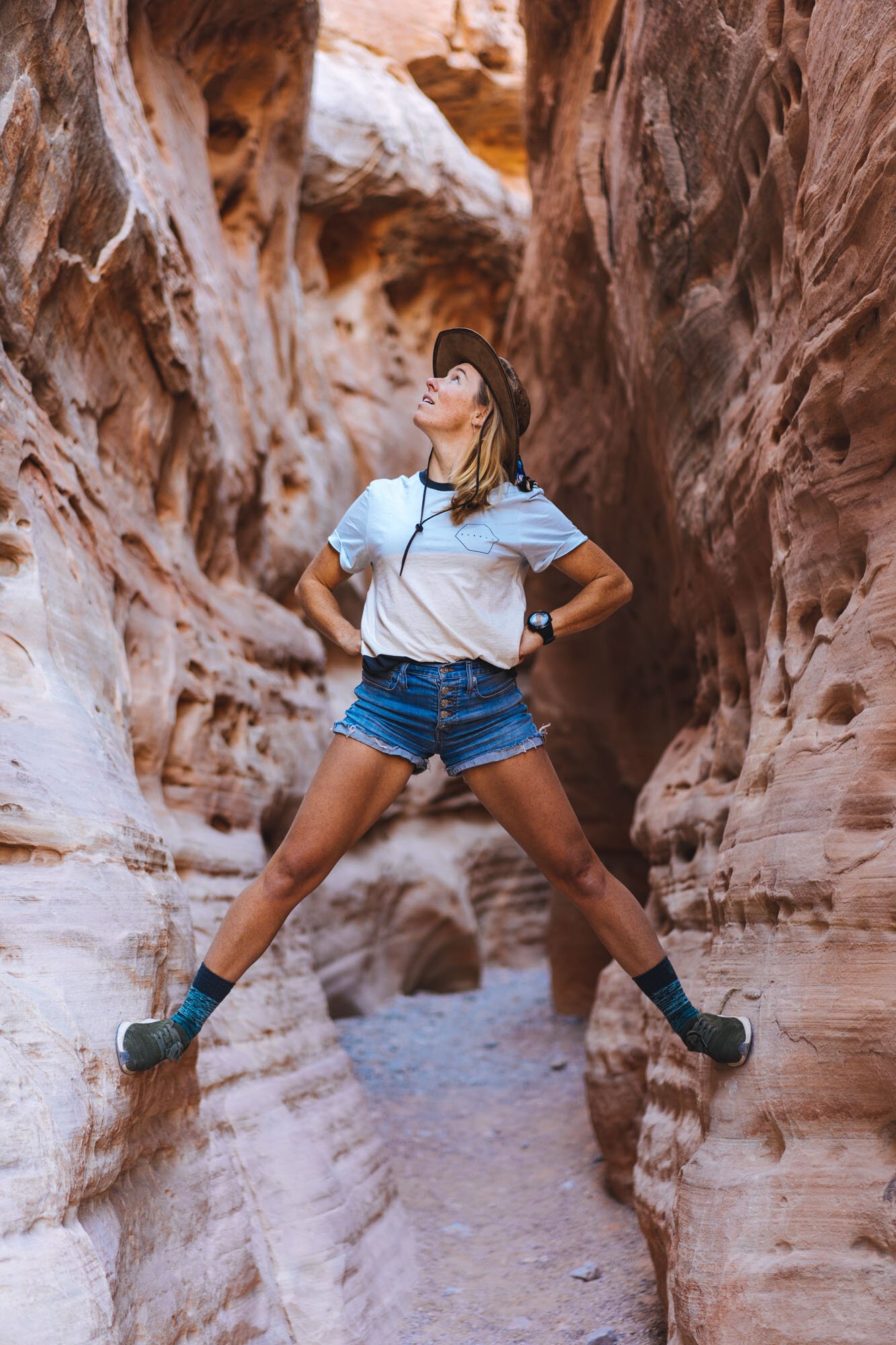
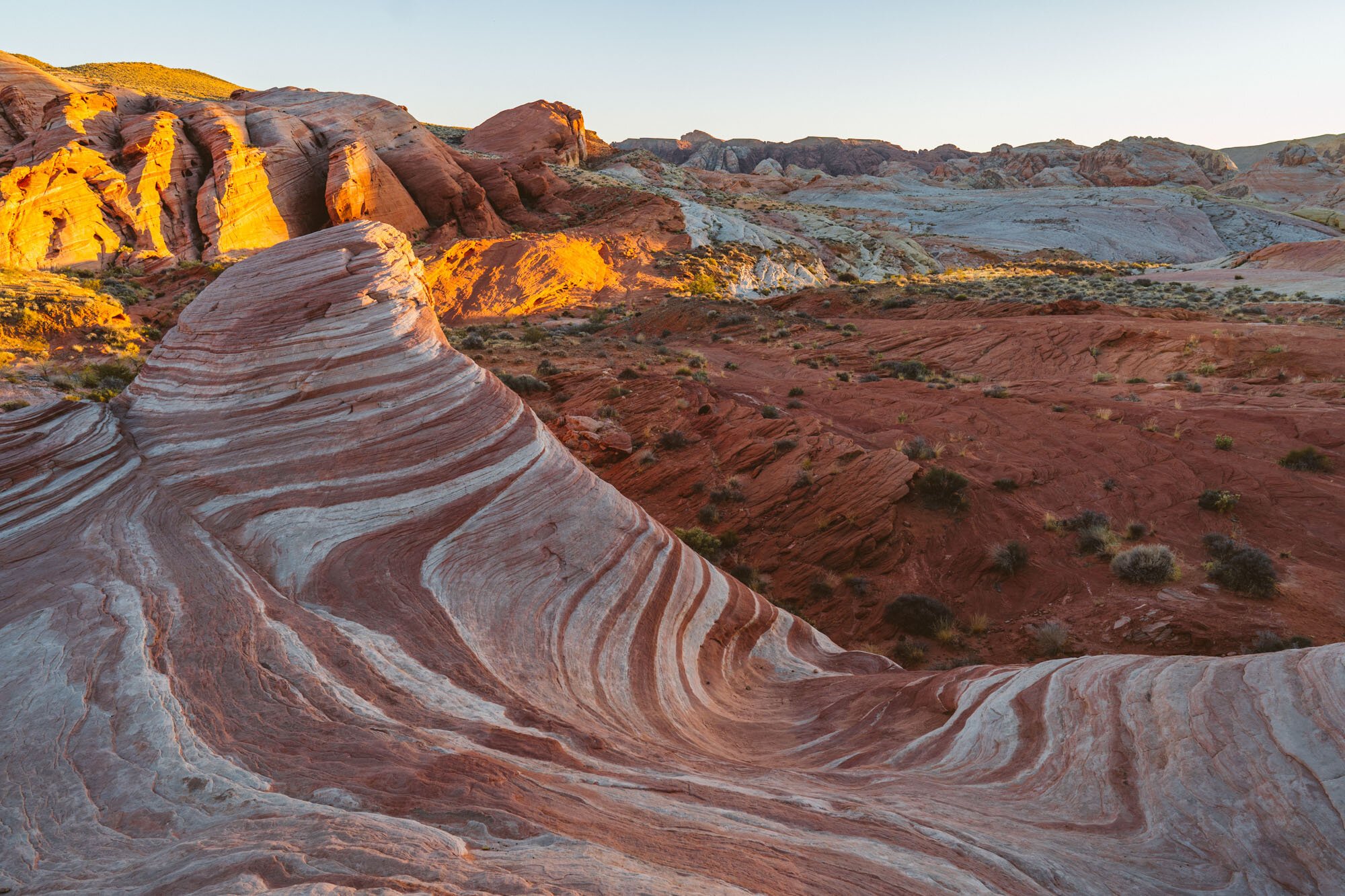
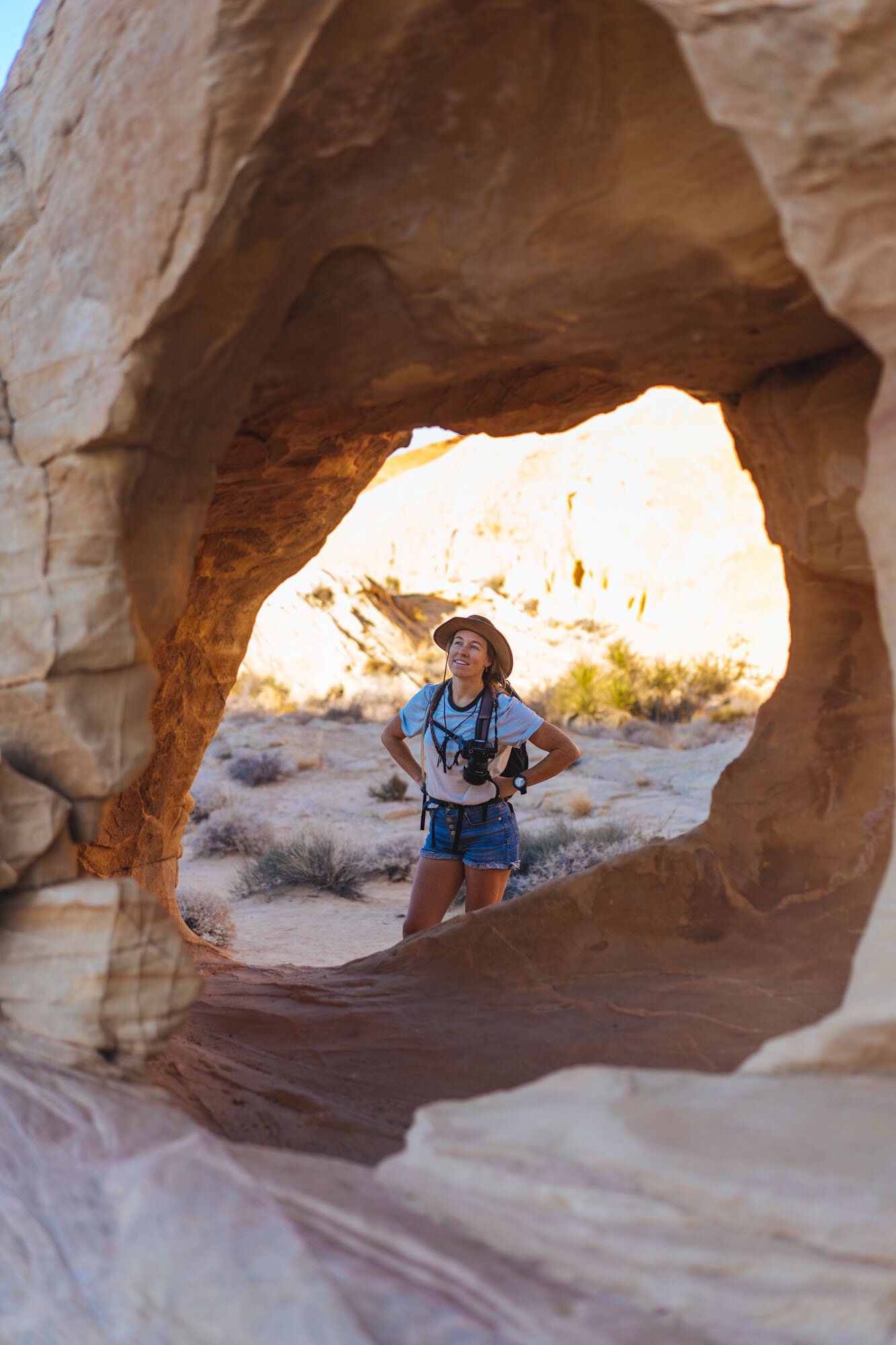

*If you visit the Fire Wave, please note that you are not allowed to walk on the formation. Like most everything in the park, the formation is made of extremely fragile sandstone that easily wears away under foot. Please do your part to ensure that it’s around for years to come and for many more visitors to enjoy!*
Day use entrance fee: $10.00 per vehicle
Camping: $20.00 per night + $10.00 for sites with utility hook ups
Stop 3: Zion National Park & Snow Canyon State Park, Utah
Zion National Park is a very popular destination located just outside of St. George, and is our third stop on our Southwest tour! Zion National Park is actually Utah’s very first national park and is home to the famous Angels’s Landing hike.
Though the park can get busy, it’s worth the stop to hike Angle’s Landing (if you are comfortable with heights). Hike the narrows, a long slot canyon with a river running through it so you’re hiking in ankle to waist deep water through steep walled canyons. It’s a unique hike unlike anything else we’ve ever experienced. .
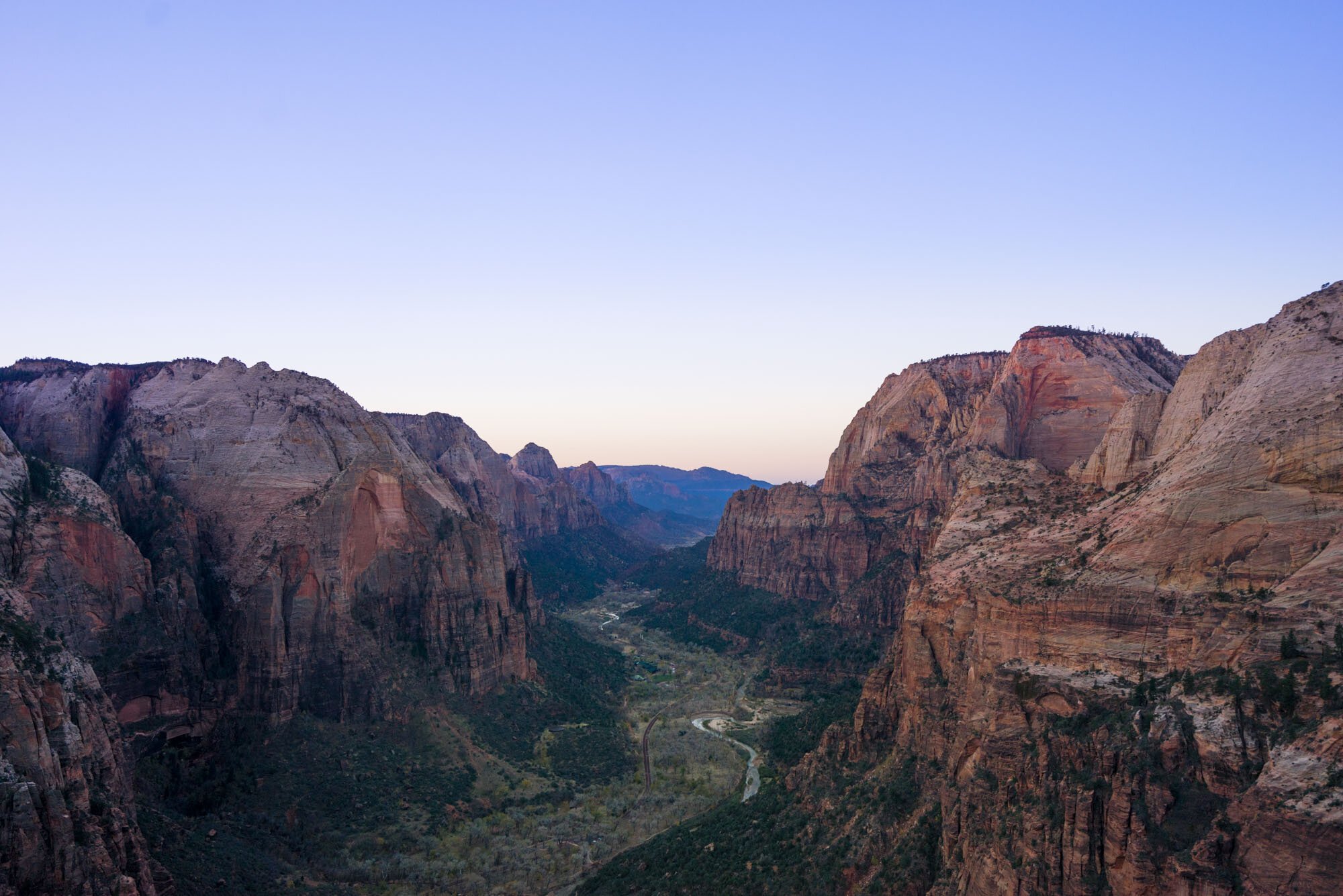
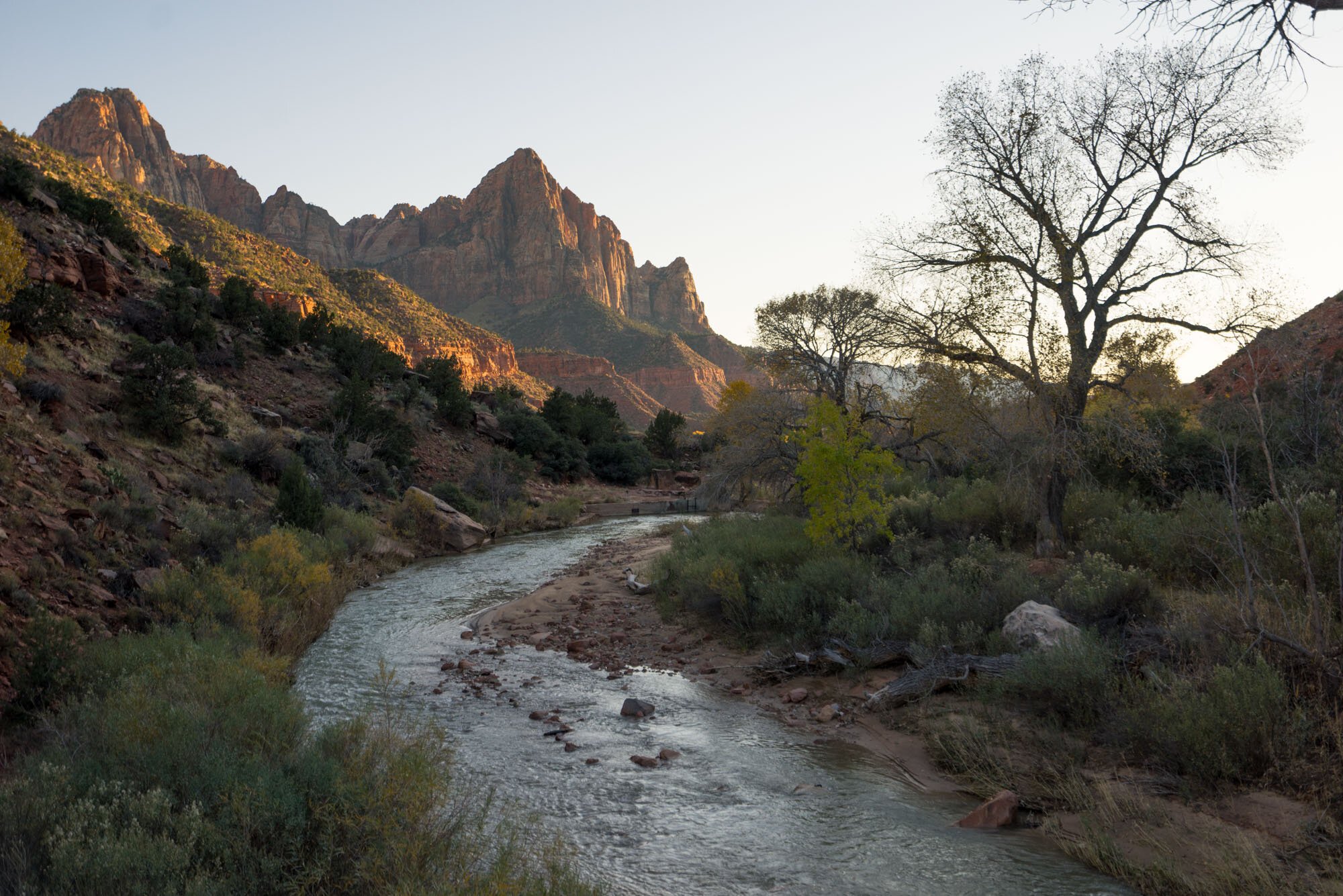


During the busy season the park moves to a shuttle service that will take you around the park. Parking is provided at these times of year near the visitor center.
While you’re in the area we wanted to recommend a far less visited State Park nearby called Snow Canyon. Snow Canyon doesn’t have much of the red rock formations that Zion is famous for, but has some impressive sandstone formations of it’s own. It’s a wonderful reprieve from the crowds in Zion and offers some incredible views of its own.
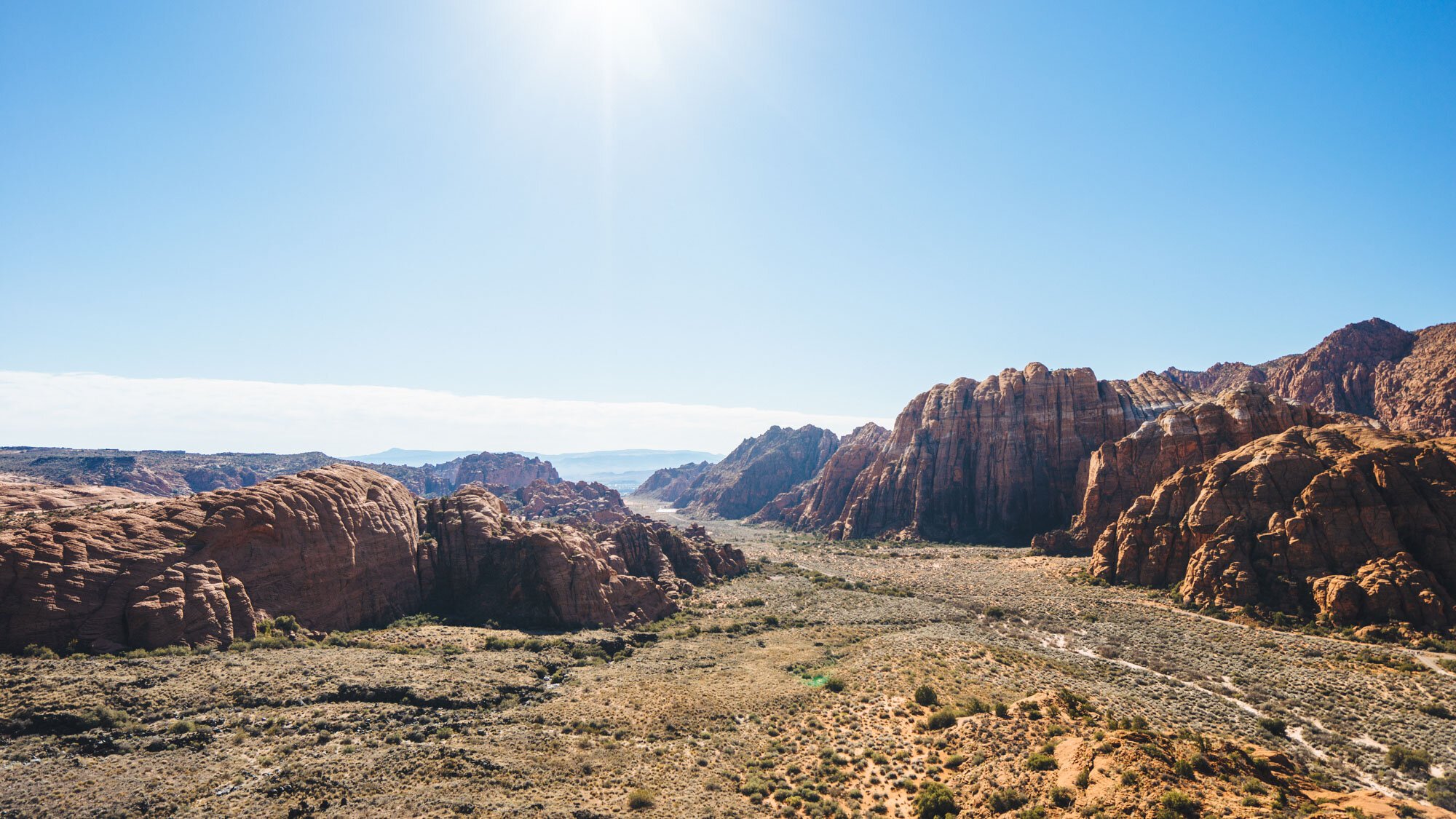

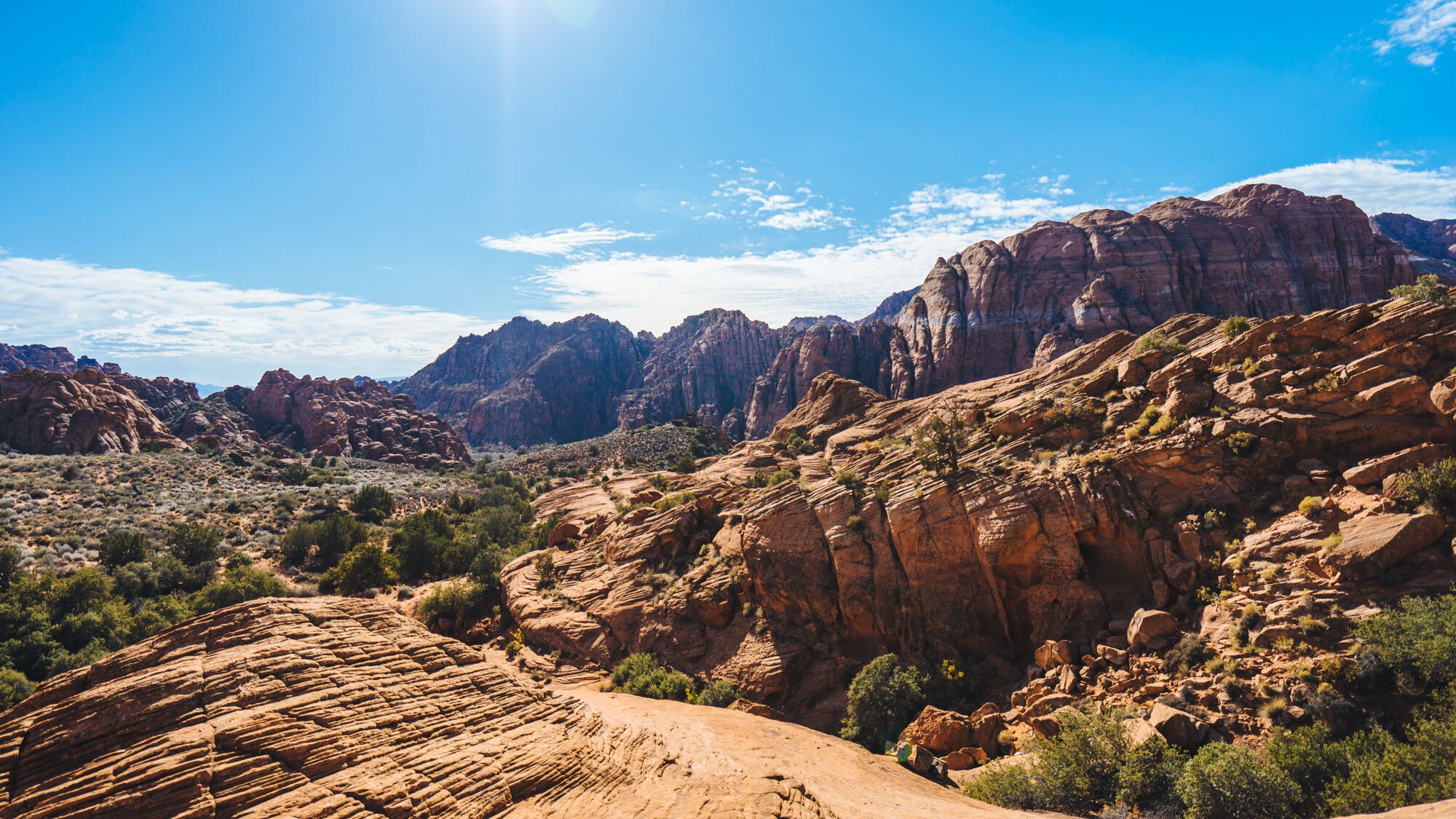
I can’t send you through St. George and not include some of our favorite food in the area. St. George continues to surprise us with its delicious and diverse food options!
Nielsen's Frozen Custard:
It isn’t uncommon to find a line out the door at Nielsen’s! They have more flavors than you know what to do with!
Hawaiian Poke Bowl
Order anything, it’s seriously all good. Best poke outside of Hawaii that we’ve had yet!
El Coyote Charro
This is yet another place in St. George we have yet to have a bad meal at. We love the burritos because they’re massive and we can usually eat them for two meals. The loaded fries are not to be missed after a tough day of hiking!
Stop 4: Bryce Canyon National Park, Utah
Next up, the incredibly beautiful Bryce Canyon! Hoodoos (irregular columns of rock) exist on every continent, but Bryce Canyon is the largest concentration found anywhere on Earth! Situated along a high plateau at the top of the Grand Staircase, the park's high elevation means you can usually count on it being much cooler than the surrounding area.
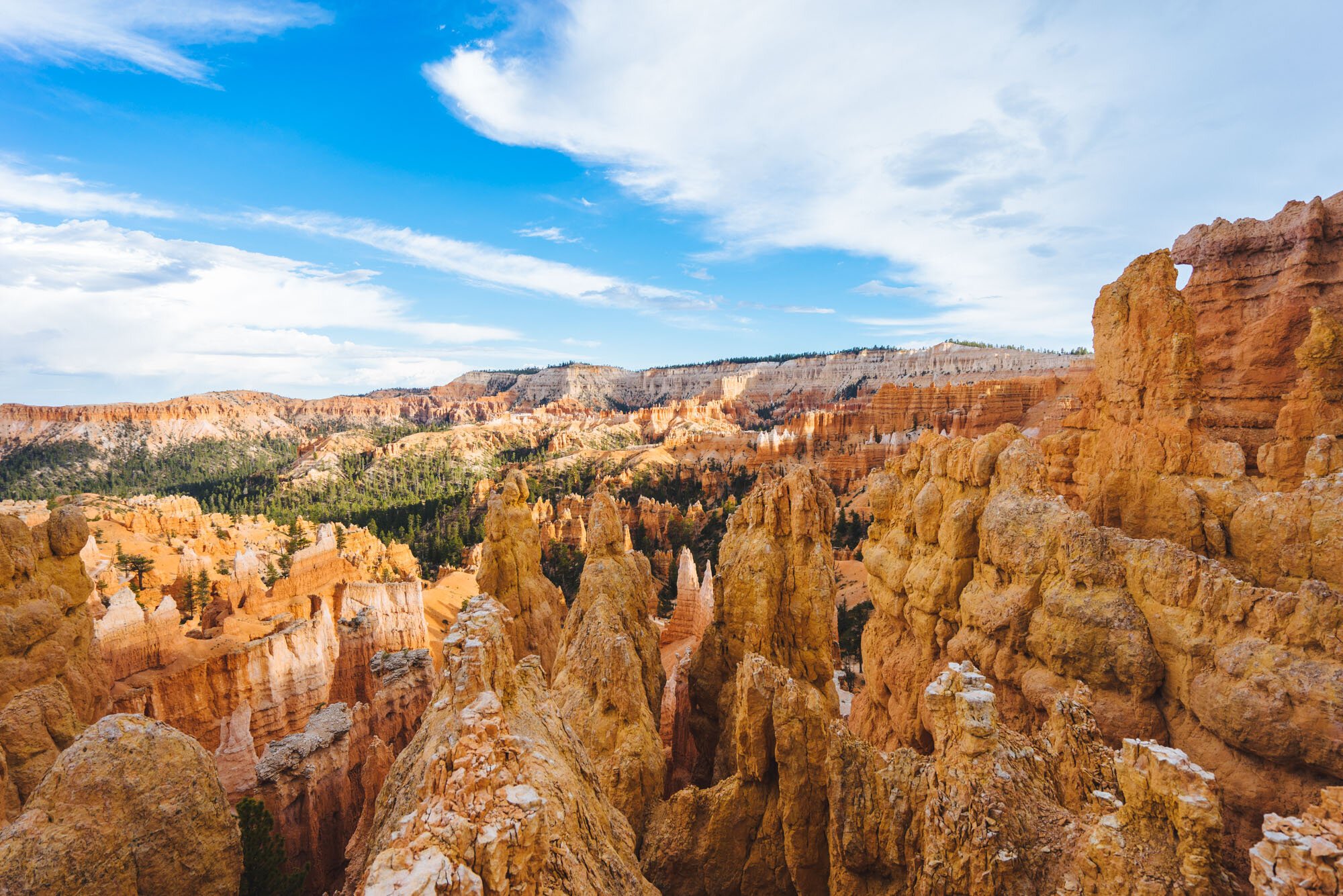
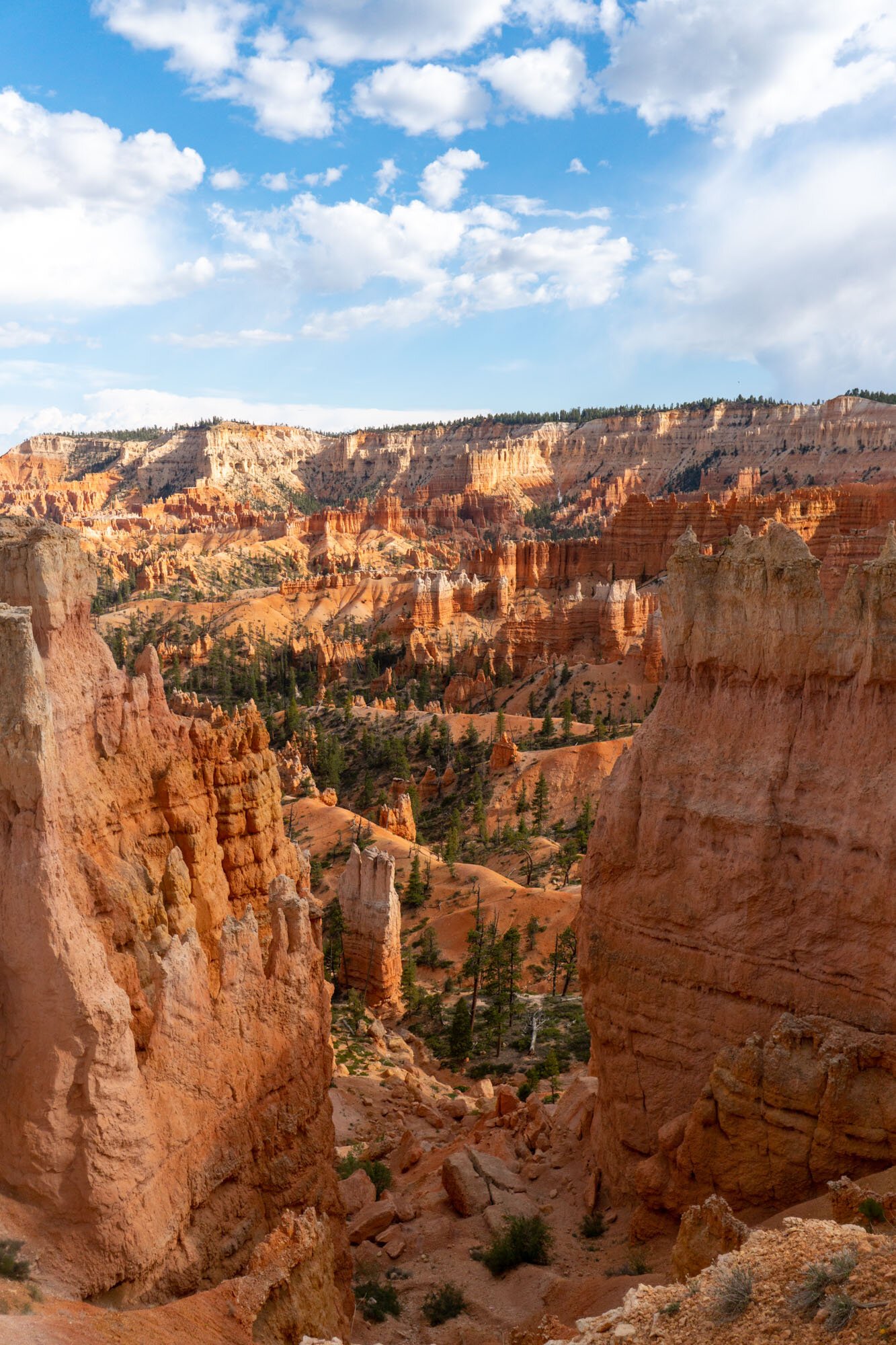
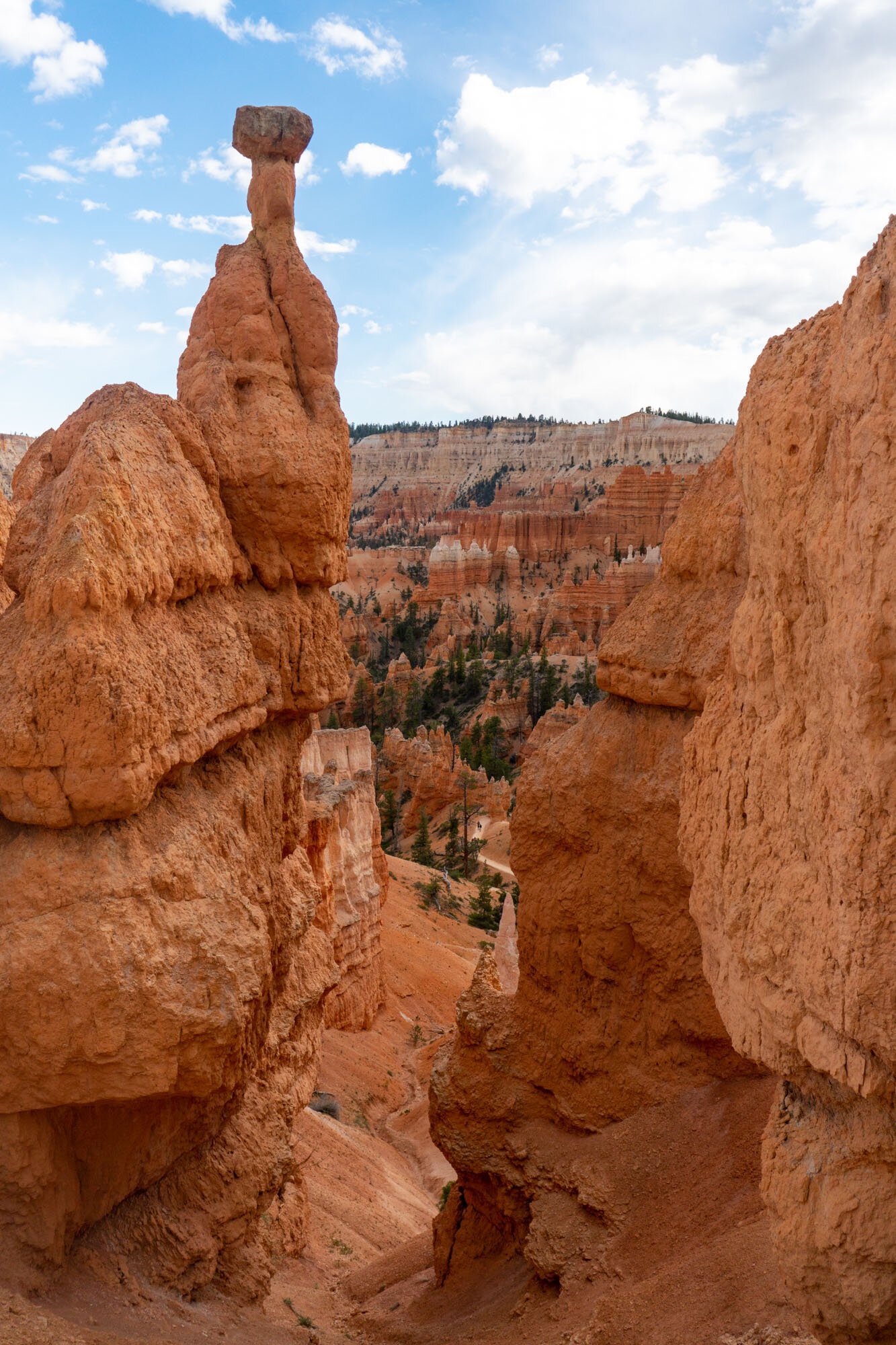
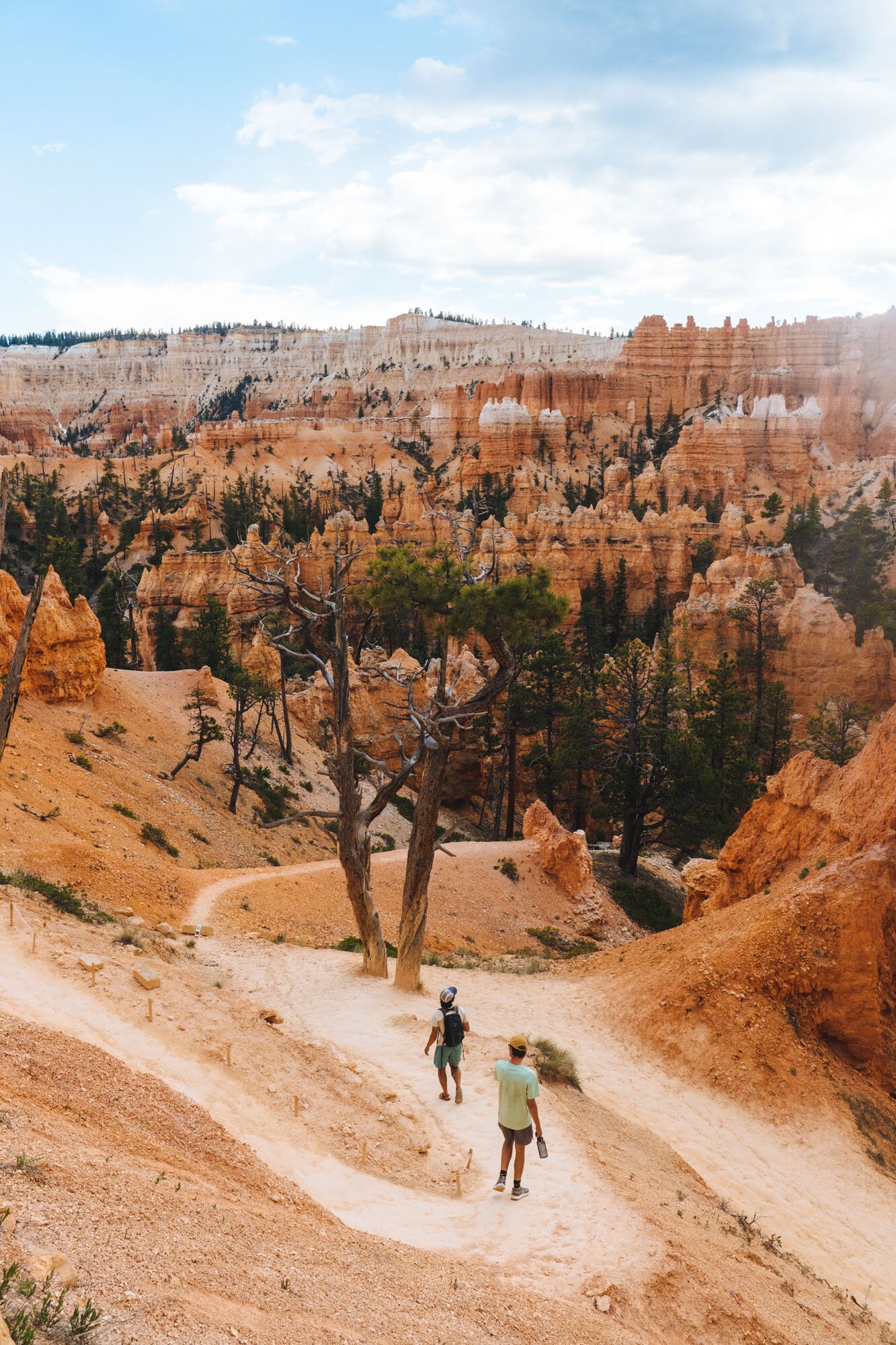

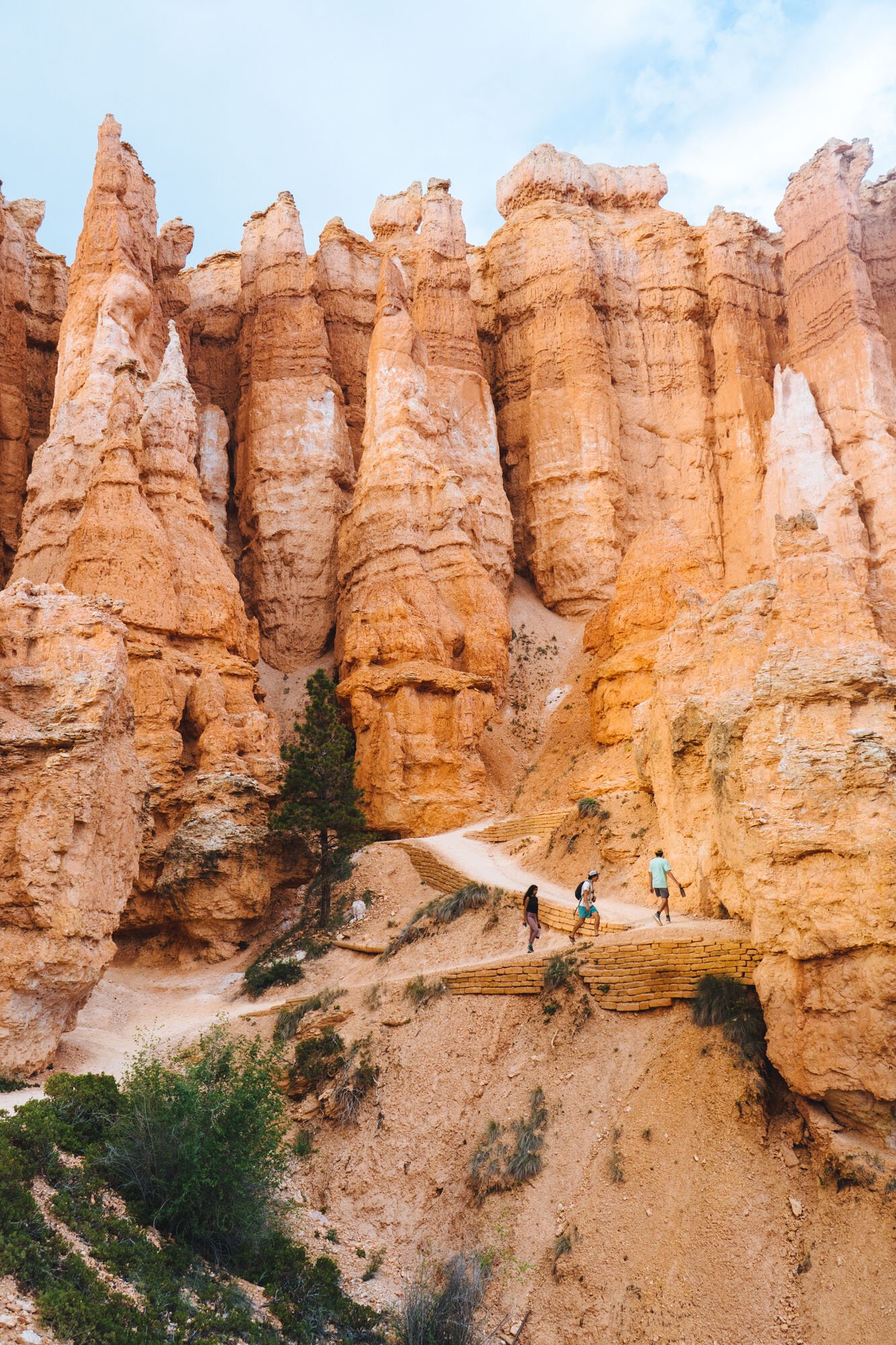
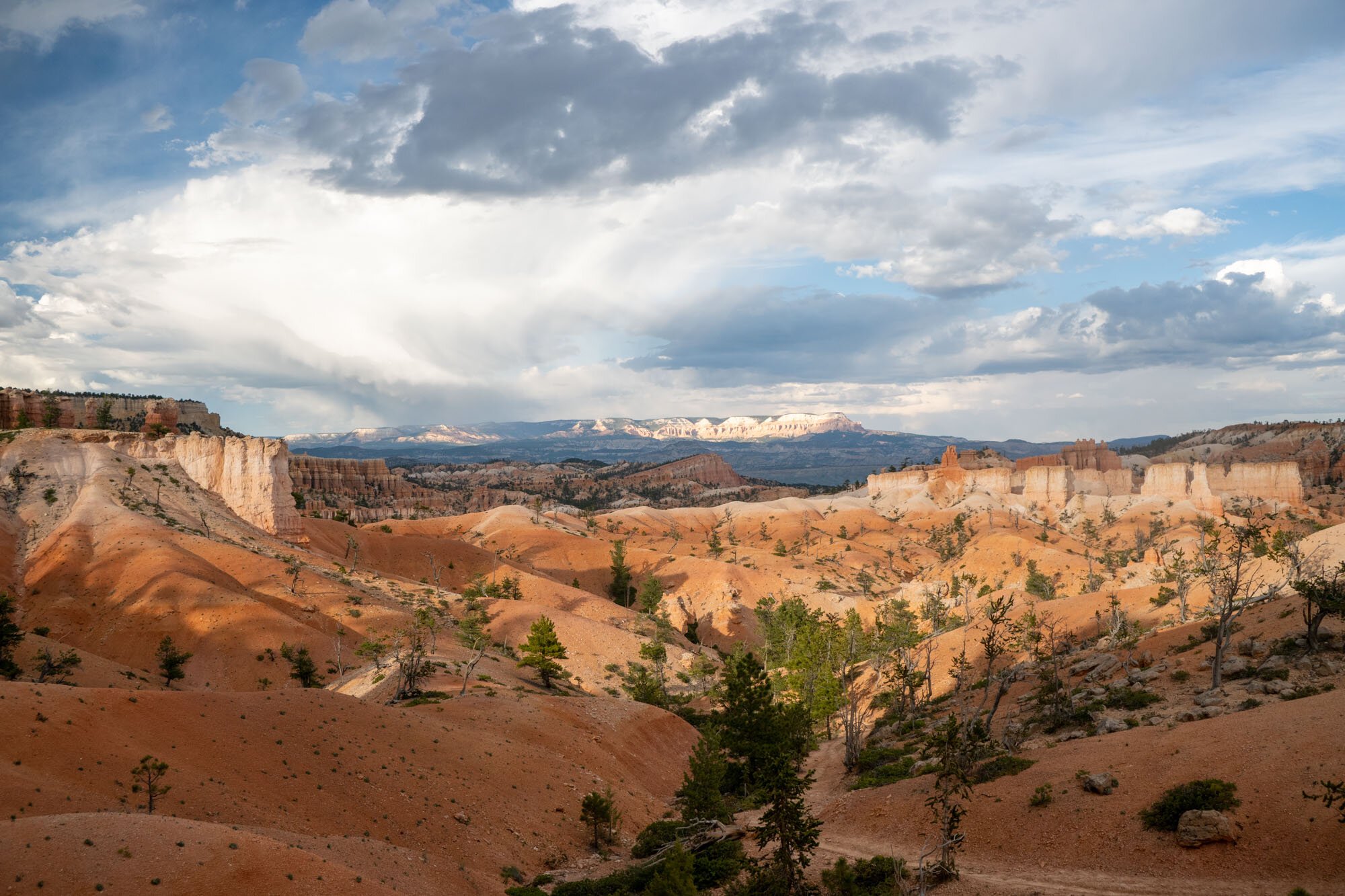
There isn’t a bad hike in the place but here are a few of our favorite hikes: Queen’s/Navajo Combination loop, Tower Bridge, and the Fairyland Loop! There are two campgrounds available in the park in the summer and one in winter.
Finish: Antelope Island State Park, Utah
I saved my all time favorite state park (anywhere in the US) for last! Antelope Island State Park is just a short drive from Salt Lake City and is situated in the middle of the Great Salt Lake. The island provides gorgeous views of the lake and back towards Salt Lake City. The island is home to free-ranging bison, mule deer, bighorn sheep, and pronghorn (antelope) which can all be seen around the island.
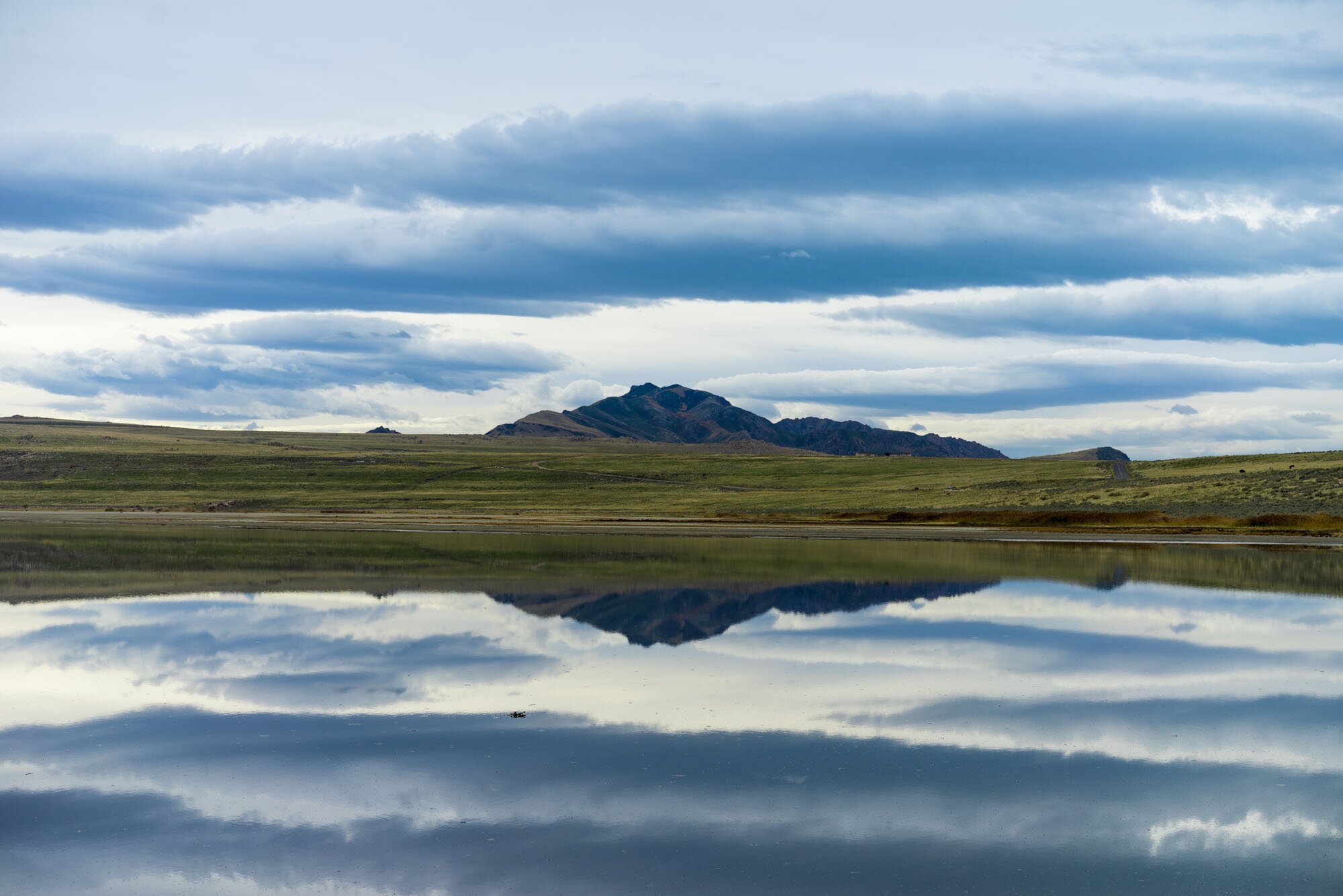

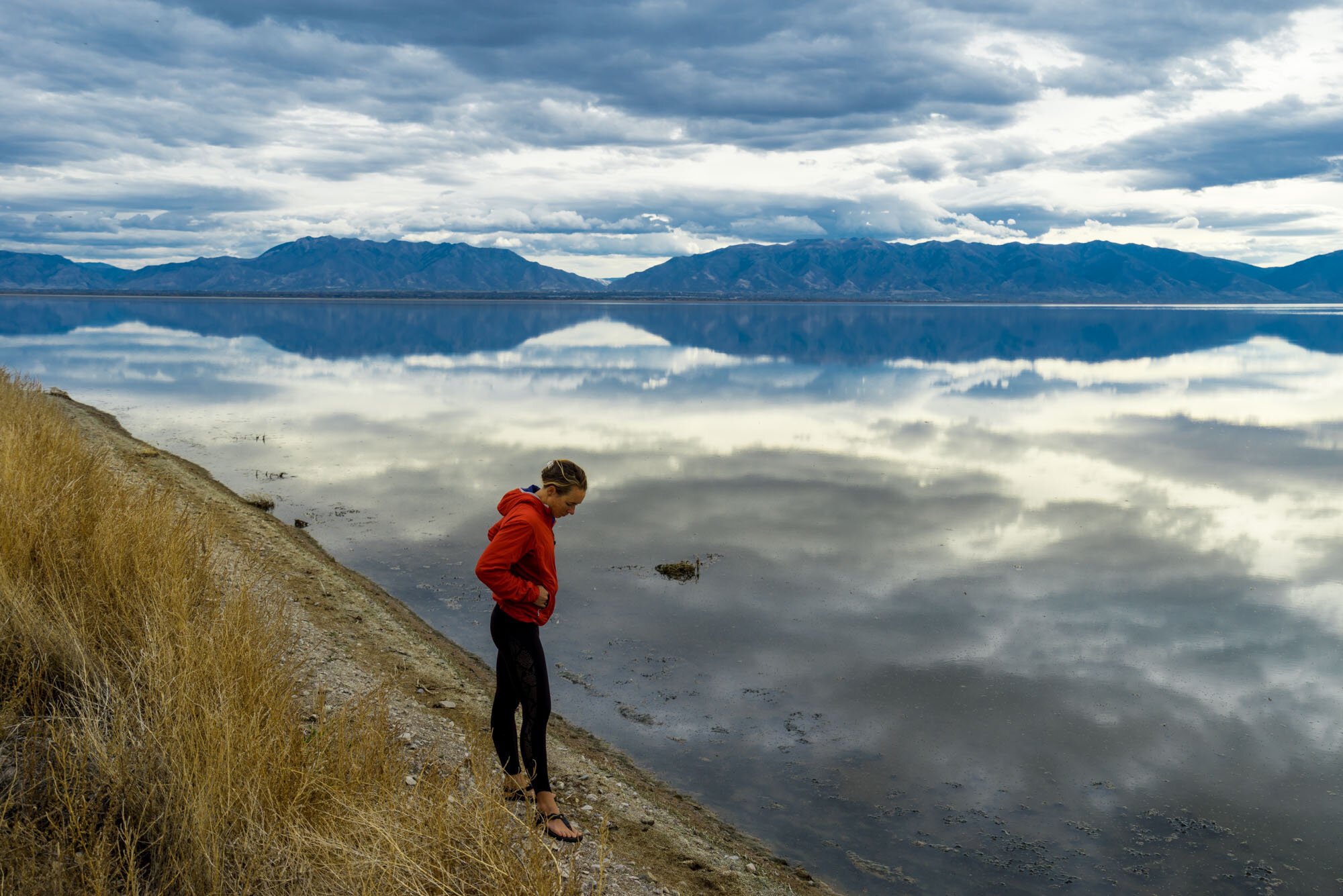
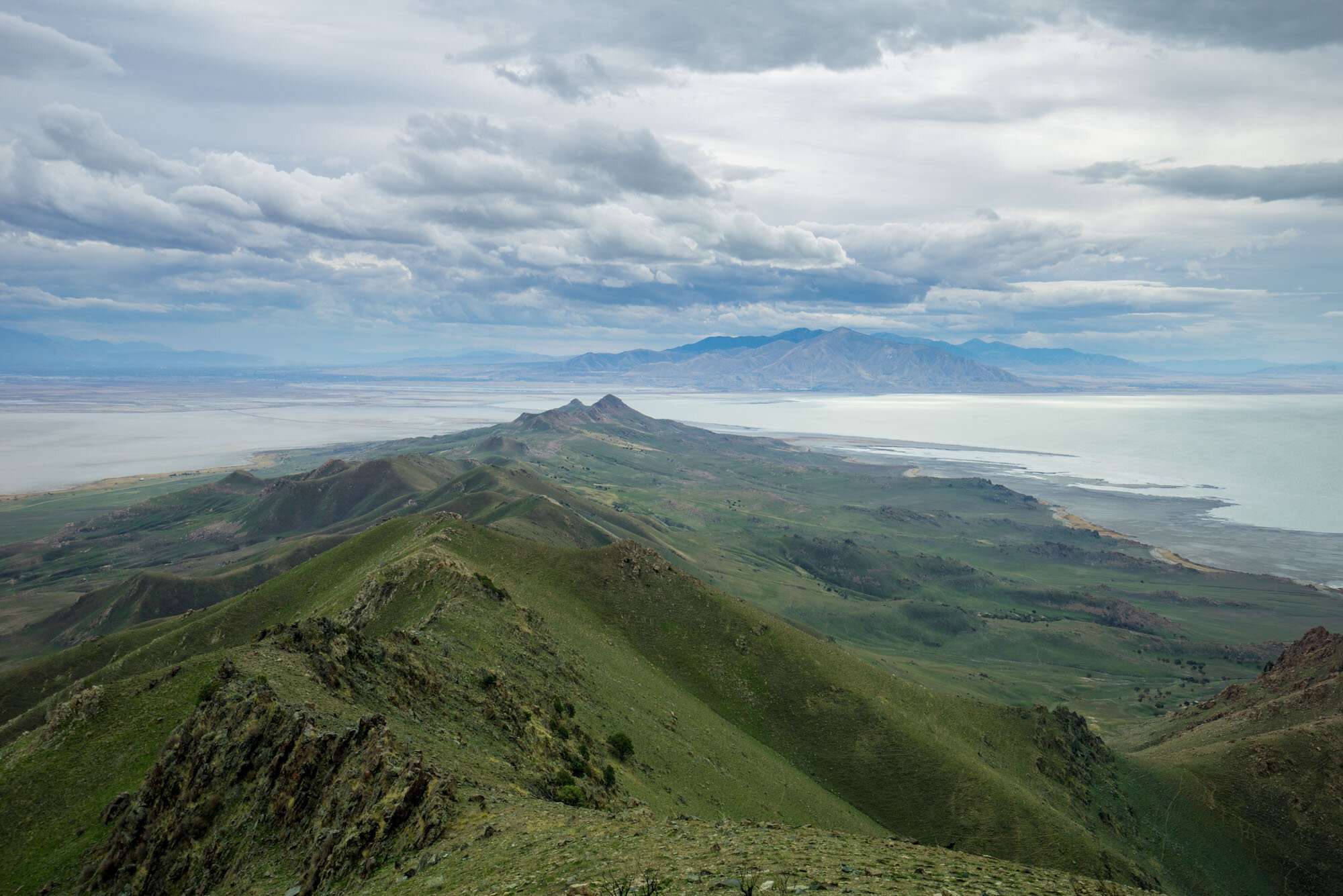
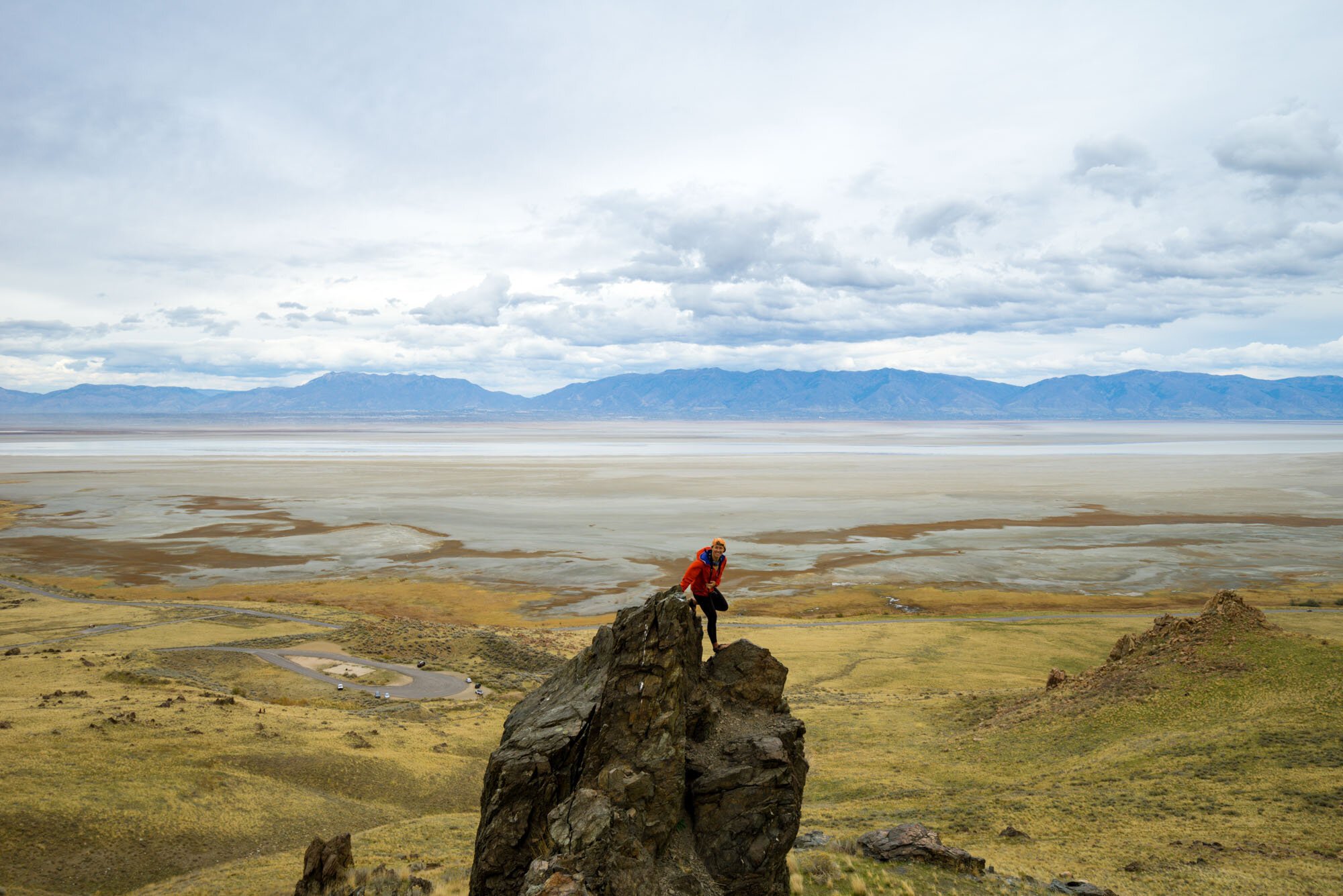
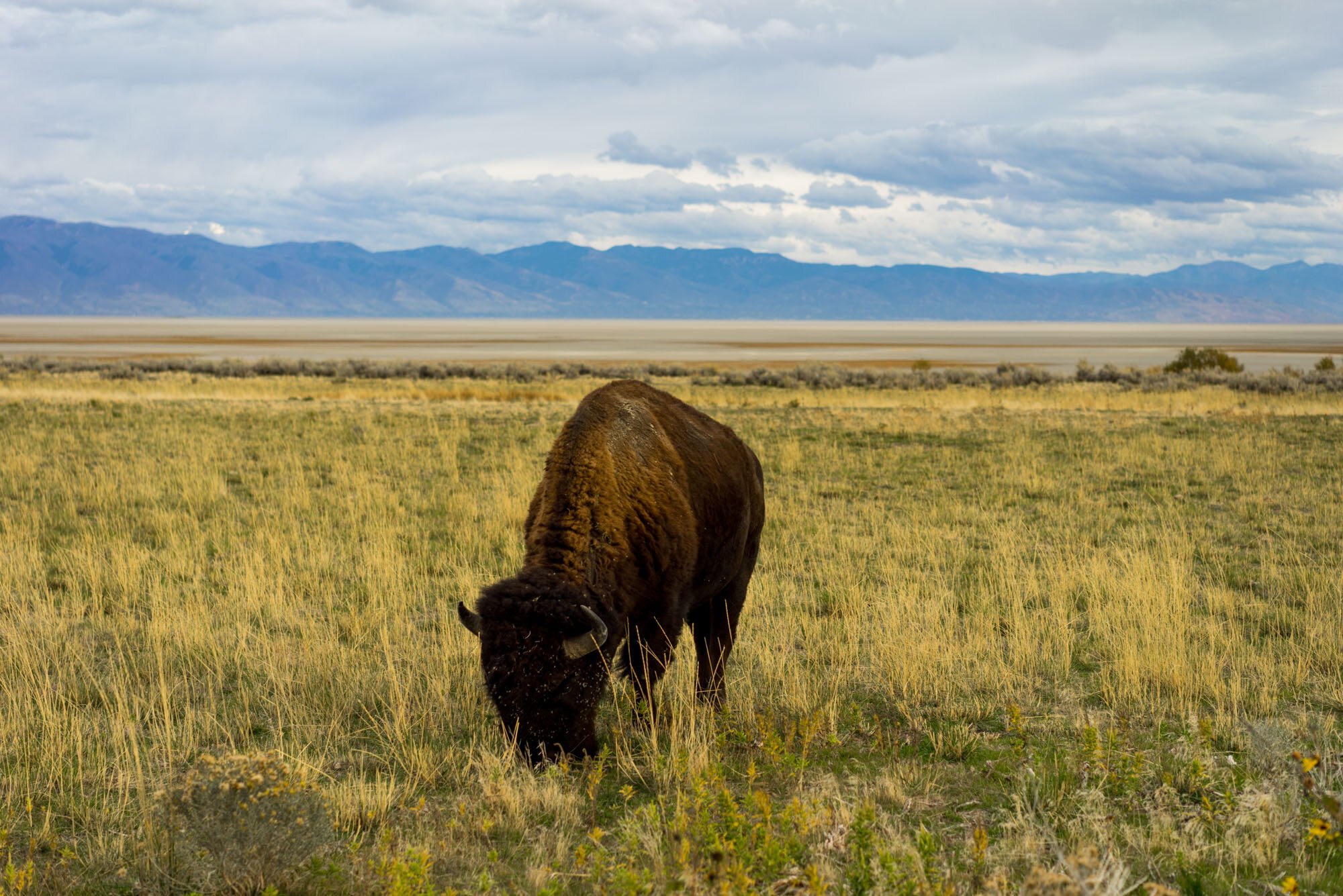

Our favorite hike on the island is the Frary Peak hike that gives you panoramic views of the island! The Bridger Bay Campground, again one of my favorites anywhere, is located on the western side of the island and gives you beach access and dark skies that are perfect for stargazing.
Well that wraps up our Las Vegas, NV to Salt Lake City, UT road trip! How much time you spend on a road trip like this is entirely up to you, but we’d suggest at least a week to complete this section of road because there is so much to see at each of our suggested stops along the way.
The Dyrt Pro offers tons of features to it’s users such as offline campground searching, downloadable maps, the wonderful trip planner we used here, BLM boundary maps (releasing in September), discounts on camping gear, and 400+ campgrounds around the country! For more information about The Dyrt Pro follow the link below:
Let us know what you all thought about this suggested road trip or if you’d be interested in seeing more like this in the future! We love being able to share a little bit of our life on the road with you guys so you can get a taste of what it’s like to live on the road! Safe travels!
Love,
MAK


















